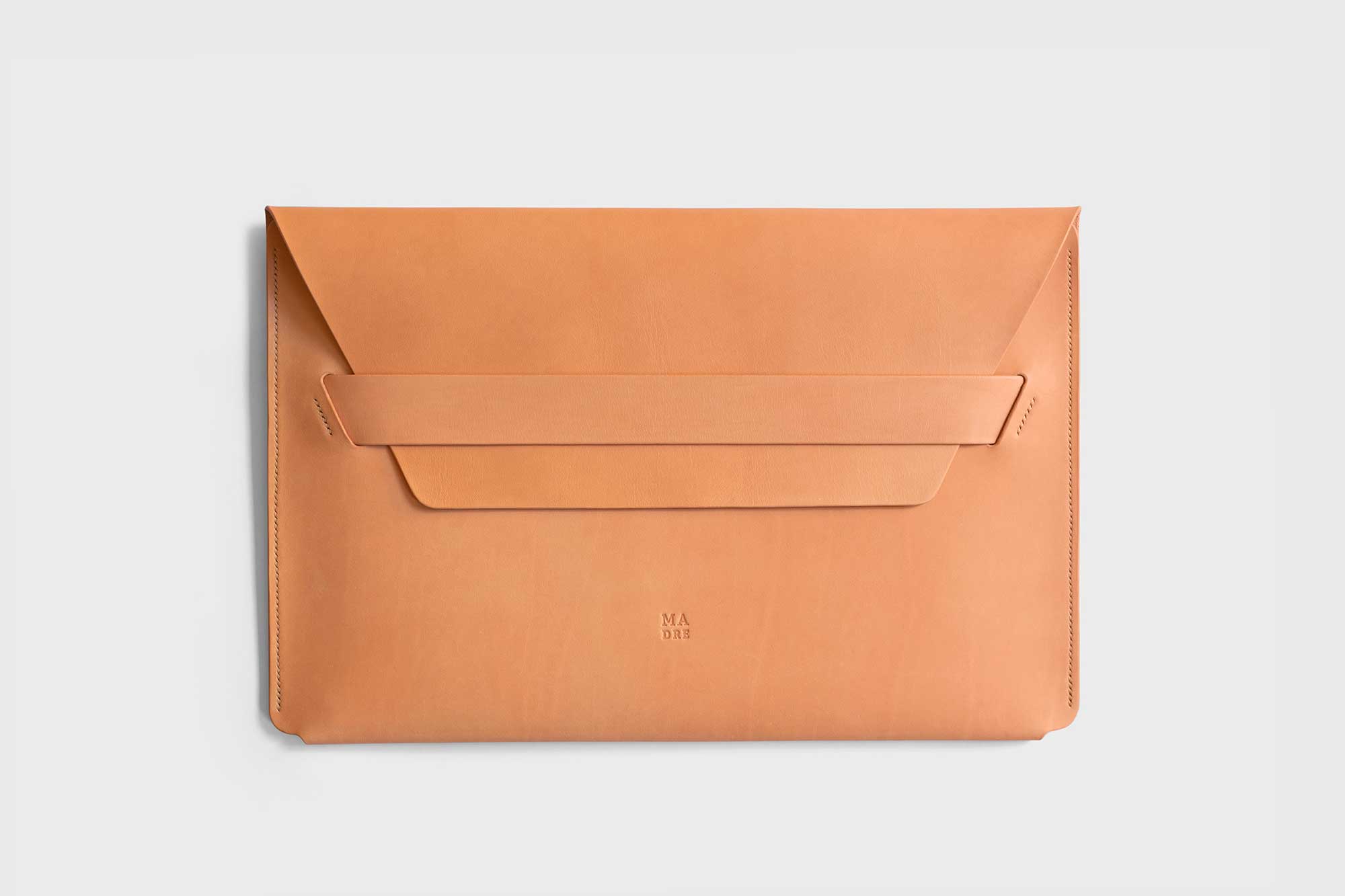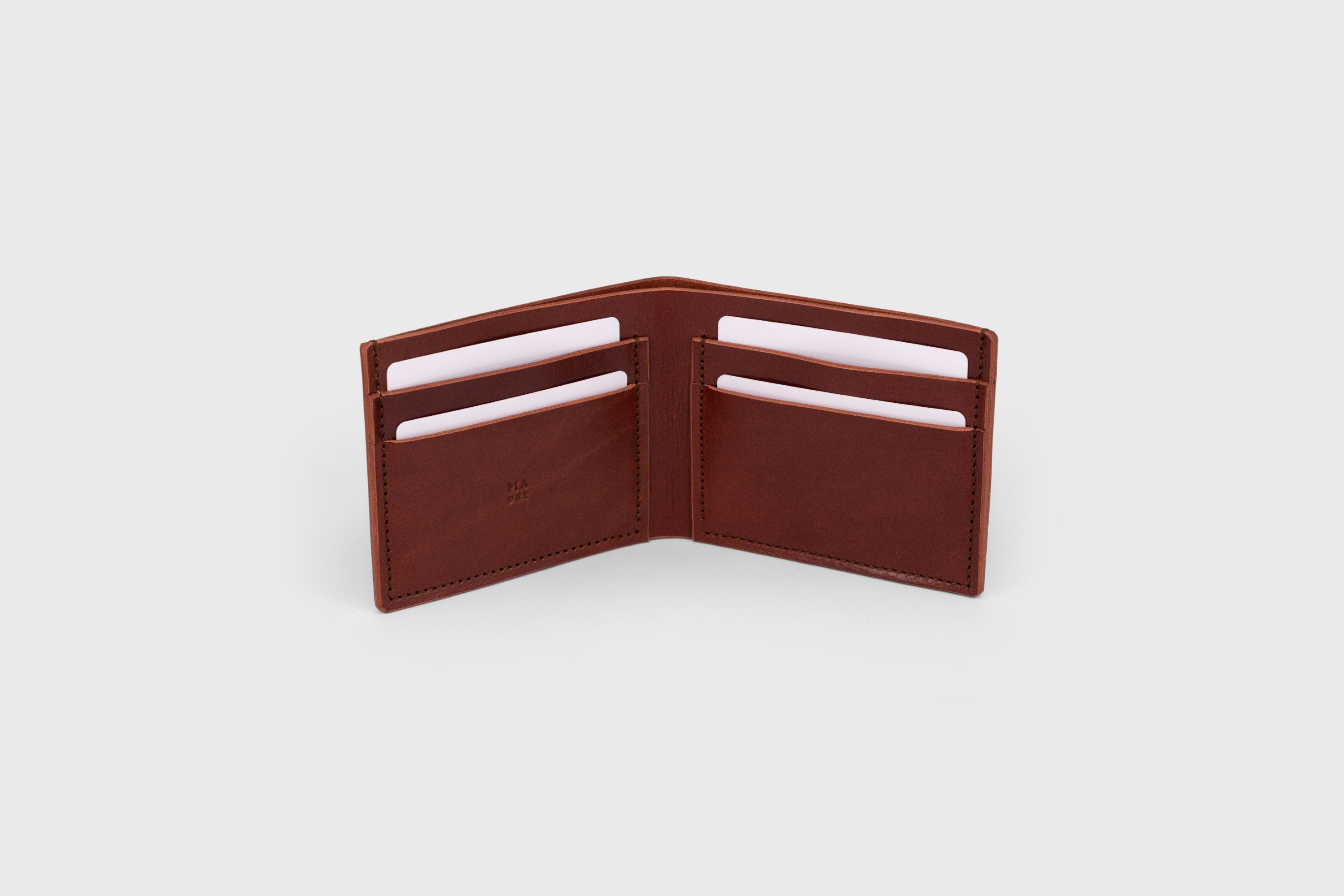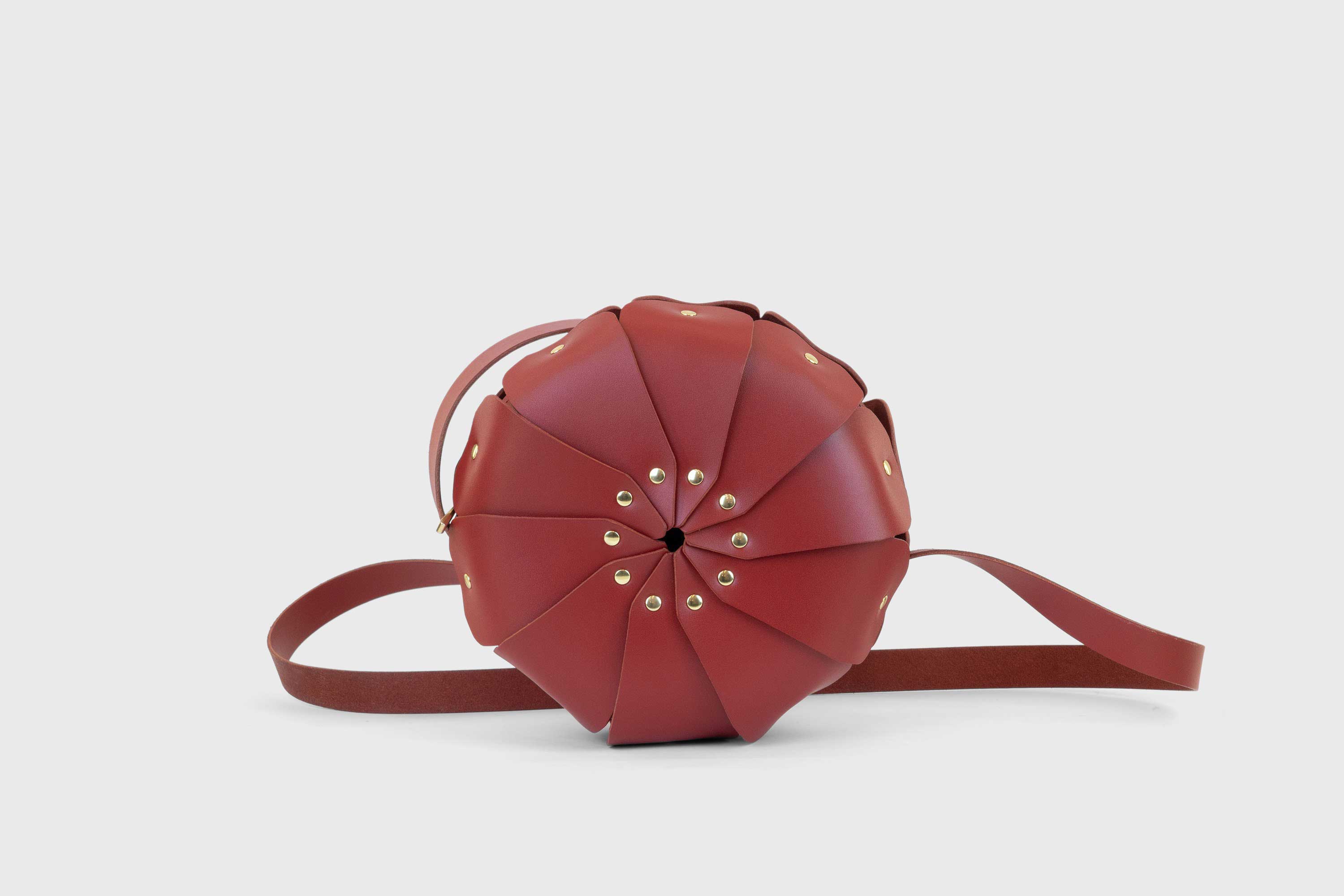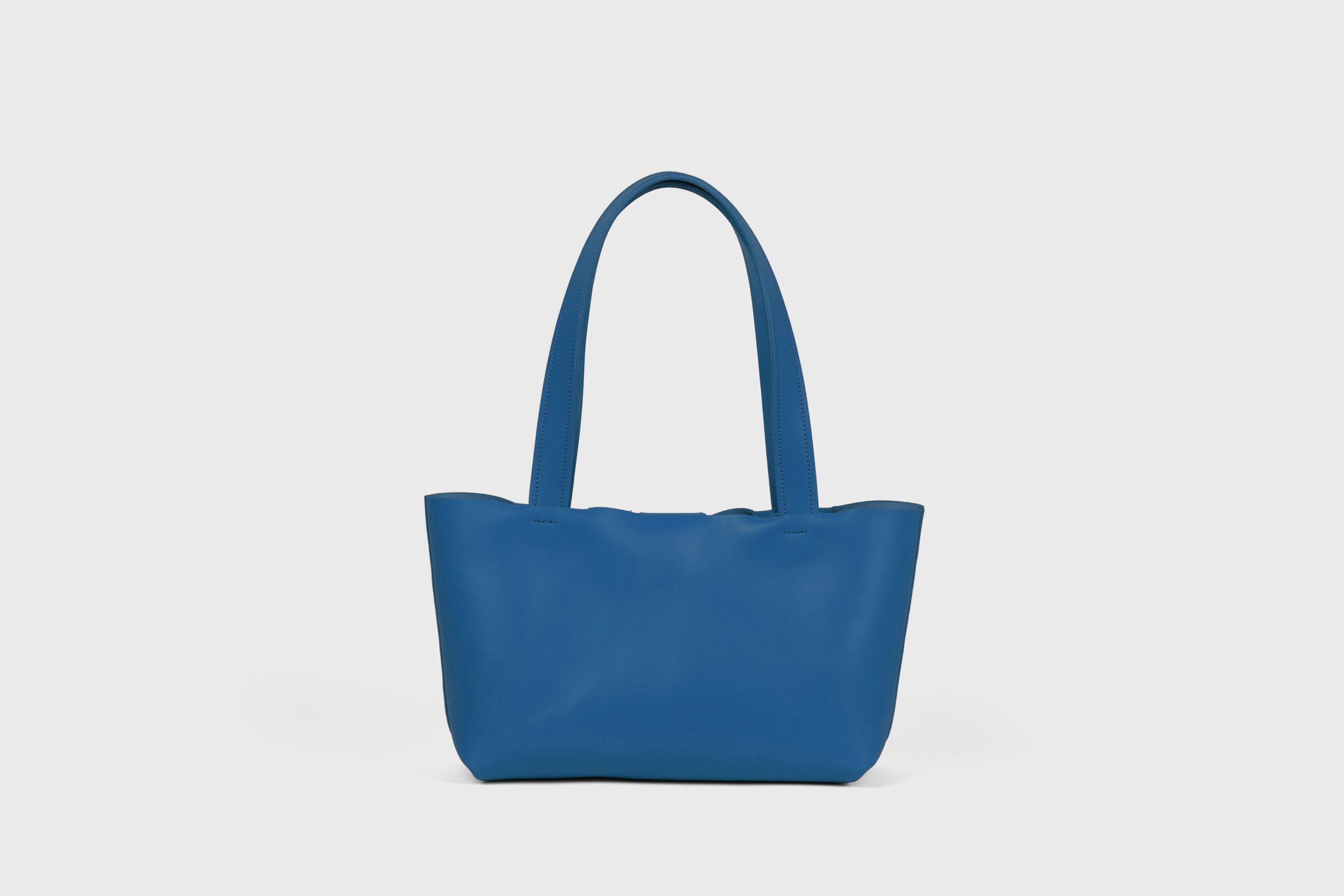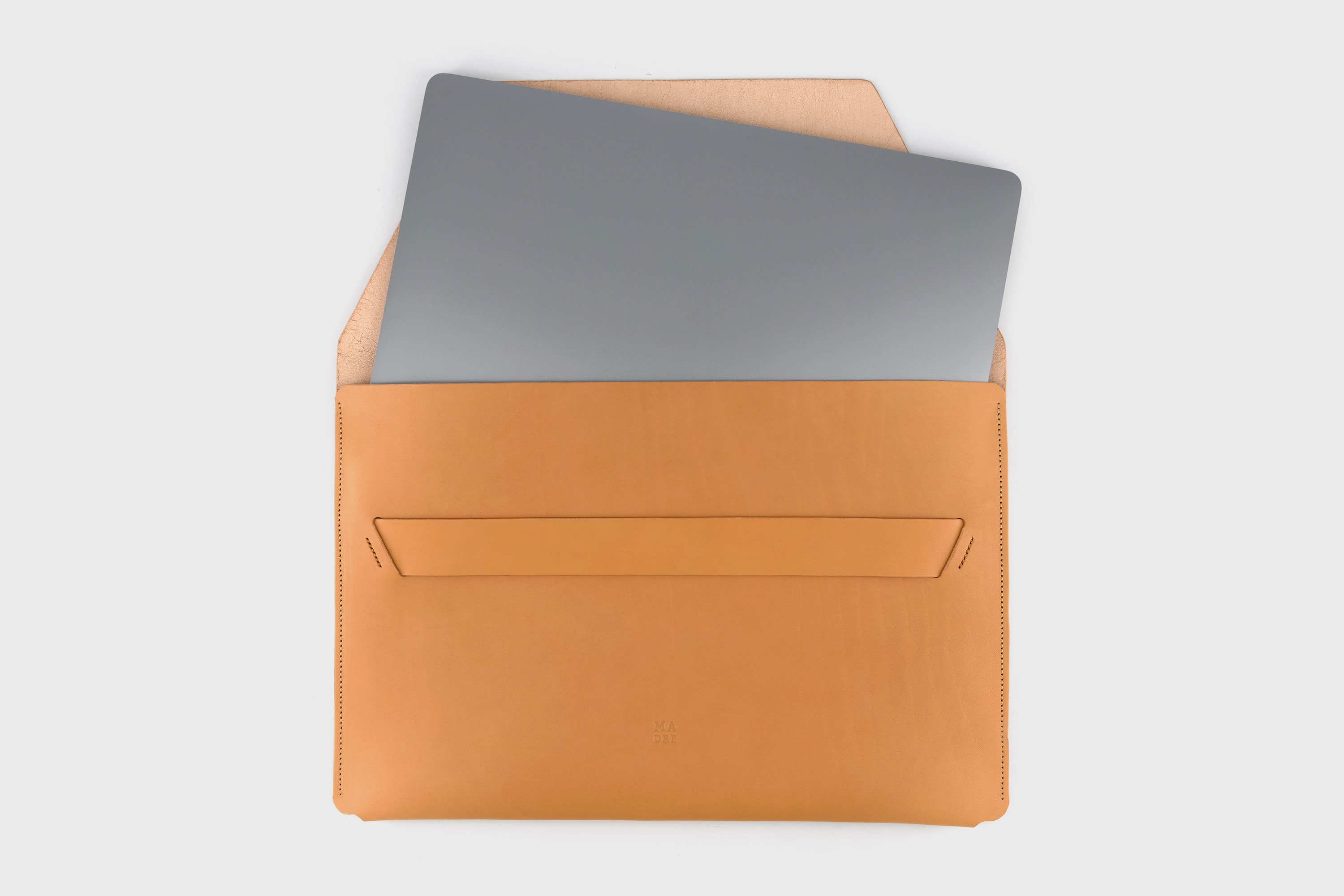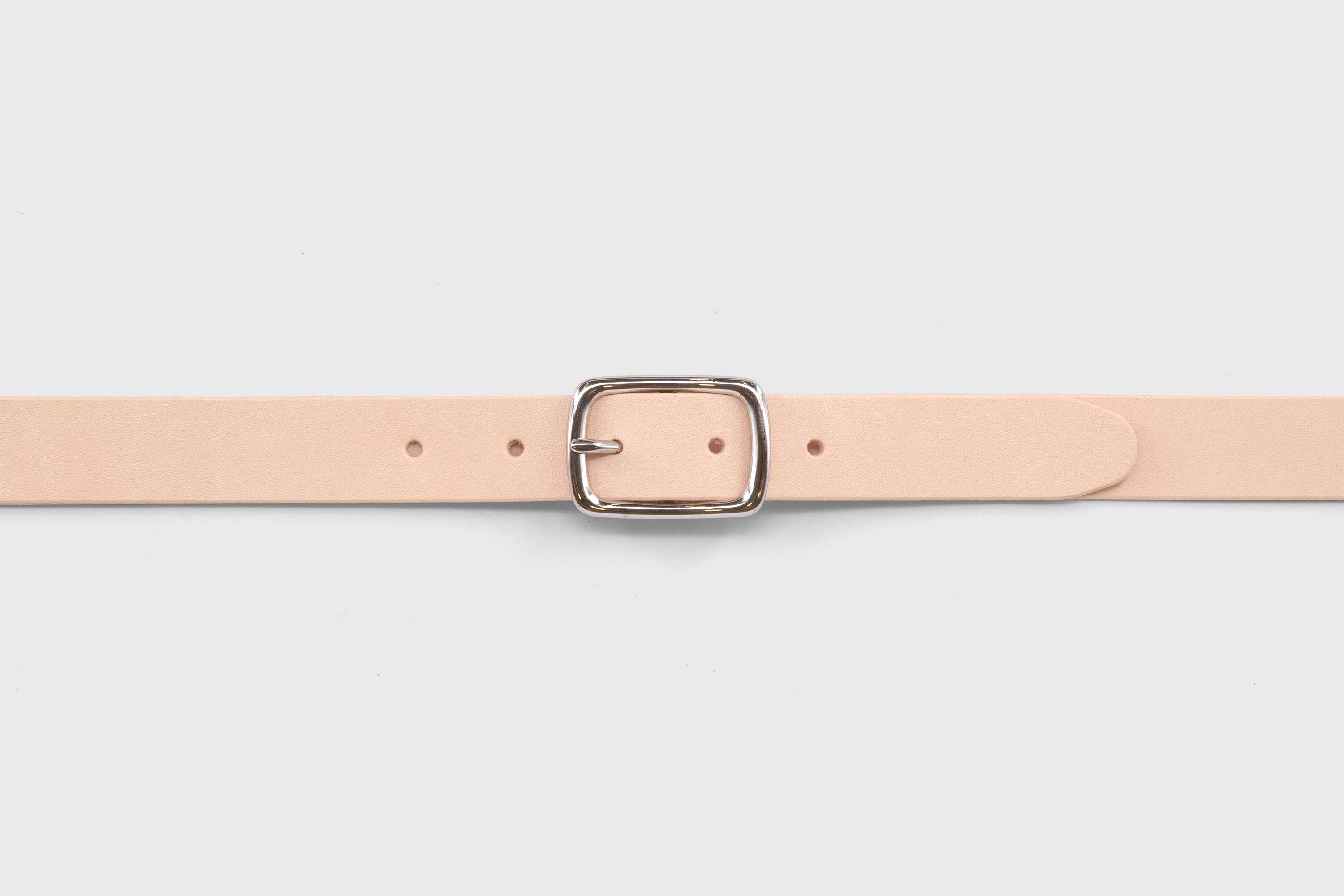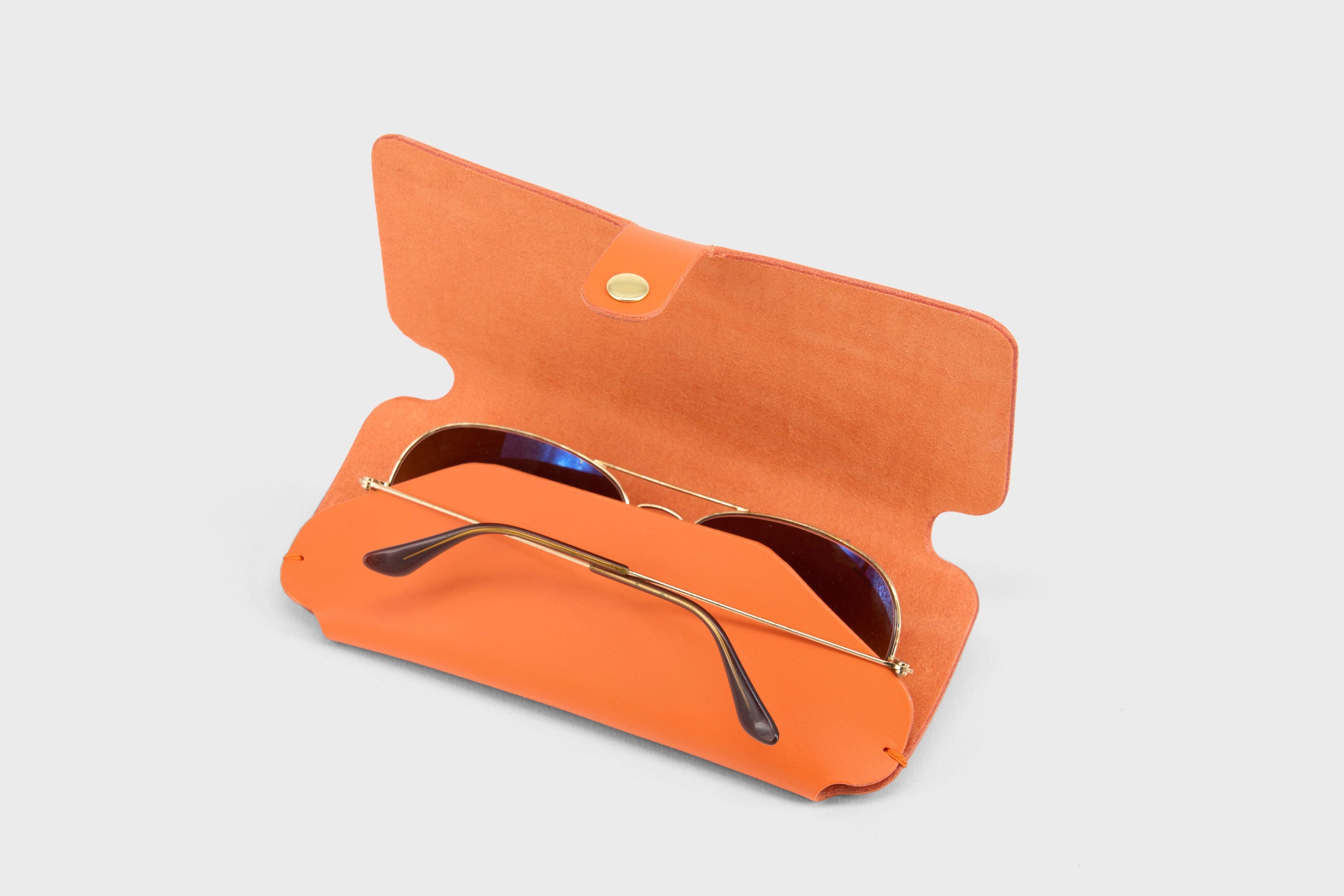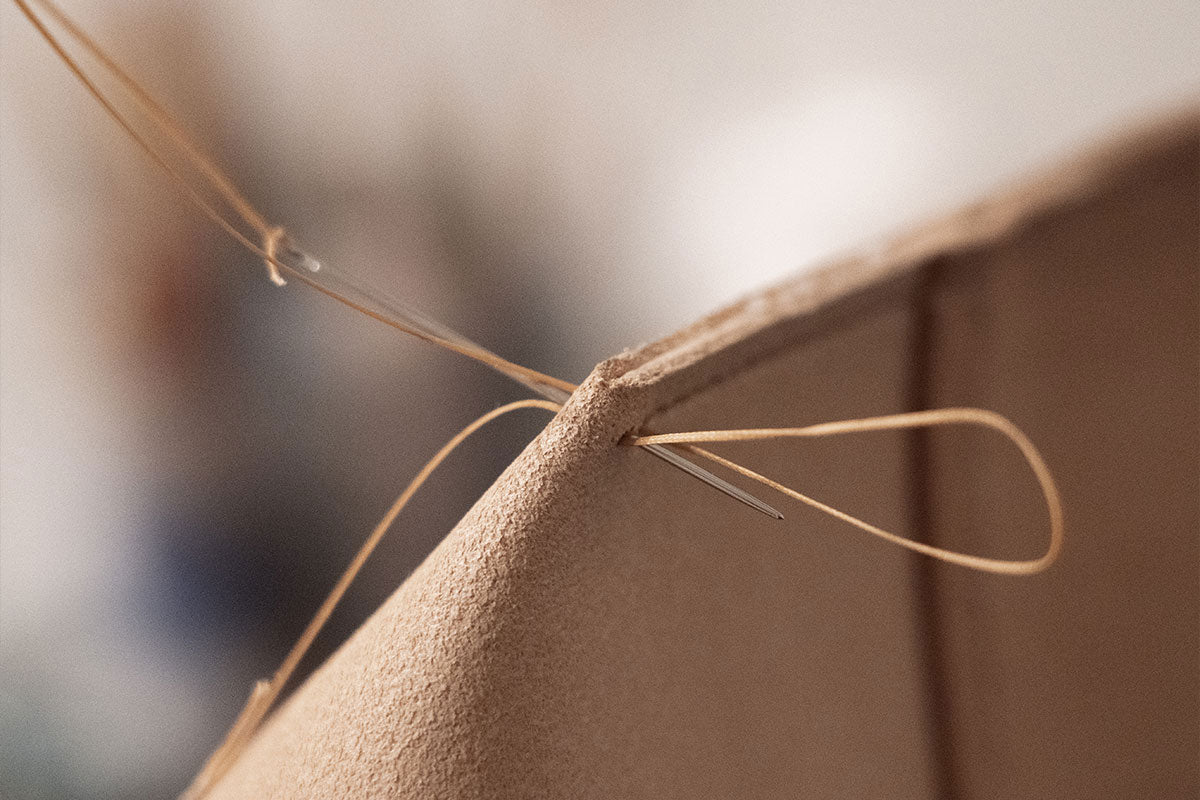Article: Our leather selection
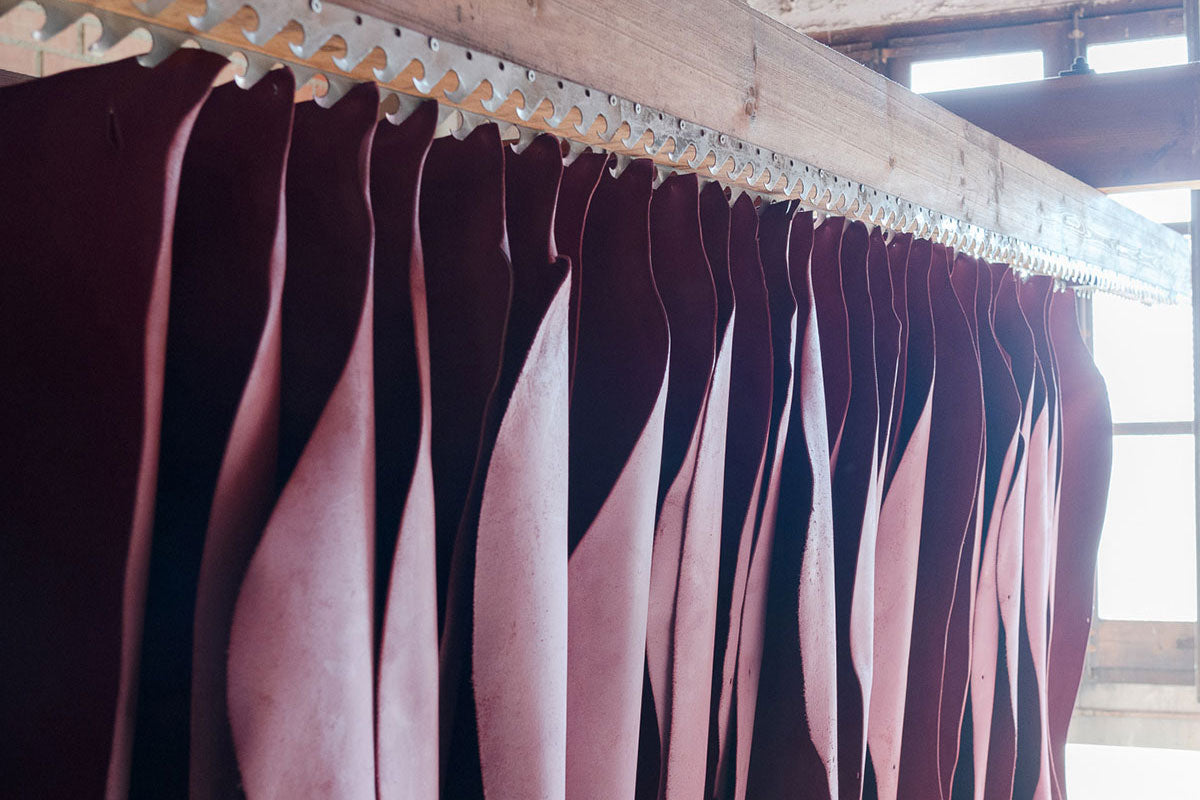
Our leather selection
Choosing the right leather for our products was a journey of discovery and learning. When we started, we focused on finding leather with the perfect look and feel. Visiting local leather shops, we quickly realized that finding the ideal material was far more challenging than expected.
Only a small fraction of what we saw met our standards, and that leather was primarily vegetable-tanned. However, even the vegetable-tanned options in local shops fell short of the quality we needed for our final products. This realization led us to bypass retail stores entirely and go straight to the source: the tanneries.
Luckily, just a short drive from Barcelona lies Igualada, a historic leather-producing town. Once home to hundreds of tanneries, only around 40 remain today, each specializing in niche markets. We now work with two of these tanneries, which provide us with the exceptional vegetable-tanned leather we use for all our products—a material reserved for only a select few premium brands.
Our leather stands out due to its:
- Fully vegetable-tanned process
- Full-grain quality
- First-selection grading
- Natural dyeing and through-coloring
- Complete local production, made in Spain
Tanning Methods
The tanning method is a crucial factor in determining leather quality. Here’s how the two main methods compare:
Chrome-Tanned Leather
Chrome tanning dominates the fashion industry, with around 95% of leather products made this way. The process is fast, taking only days, and relies on chromium salts to achieve efficiency. Unfortunately, these salts are harmful to both the environment and human health. Chrome-tanned leather is pale and light blue after processing, requiring heavy dyeing and surface treatments to achieve its final look.
This type of leather often has a synthetic, "plastic" feel and a strong chemical smell. It is resistant to environmental changes like humidity or sunlight but does not develop a patina over time. Its durability is limited, making it prone to cracking and wear.
Vegetable-Tanned Leather
Vegetable tanning, on the other hand, is a traditional, eco-friendly method. This process takes up to four weeks and uses natural tannins from plants. The result is a more robust leather that retains its natural texture and develops a unique patina over time. The material is naturally colored, resembling human skin, and can be drum-dyed for different finishes. Vegetable-tanned leather has a subtle, earthy scent and ages beautifully.
Layers of the Hide
The thickness and quality of leather are determined by how it is split during production. Each layer has distinct characteristics:
- Full-Grain Leather: The outermost layer of the hide, retaining its natural texture and markings such as pores, veins, and small imperfections. This is the strongest and most exclusive leather, known for its durability and ability to develop a patina.
- Top Grain Leather: A slightly sanded-down layer with the natural grain removed. While still strong, it often requires artificial grain plating for a uniform appearance.
- Genuine Leather: A weaker layer with no grain, typically used for linings or products that experience minimal stress. Though commonly labeled as "leather," it indicates lower quality.
- Bonded Leather: Made from leather scraps bonded together, stamped with a grain pattern, and coated with paint. Comparable to particleboard, it is the least durable and often marketed under misleading labels like "recycled leather."
Grading Leather
Tanneries grade their leather into first, second, and third selections. These grades are subjective but reflect the overall quality of the material. We use only first-selection leather, ensuring the highest standards for our products.
Our Materials and Process
- Animal Source: We exclusively use cowhide, a byproduct of the meat industry. Specifically, we work with calf and novillo skins for their soft touch and firm structure.
- Tannery Expertise: Each tannery has its unique approach to vegetable tanning, influenced by proprietary blends of natural ingredients. While EU regulations ensure high production standards, the subtle differences between tanneries are best appreciated through touch and use.
By combining these elements, we create products that are not only durable and beautiful but also tell a story of craftsmanship, sustainability, and quality. Our leather embodies the heritage of traditional tanning while meeting the demands of modern design.


